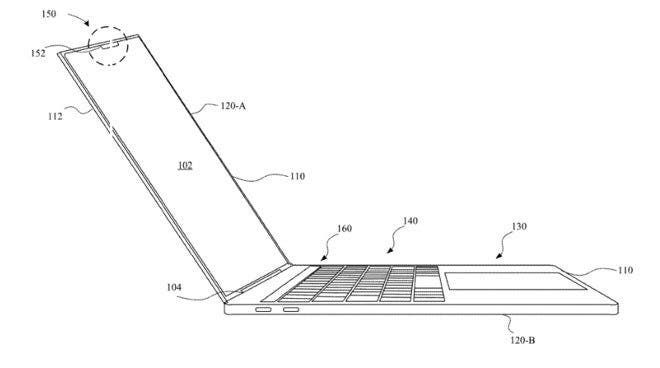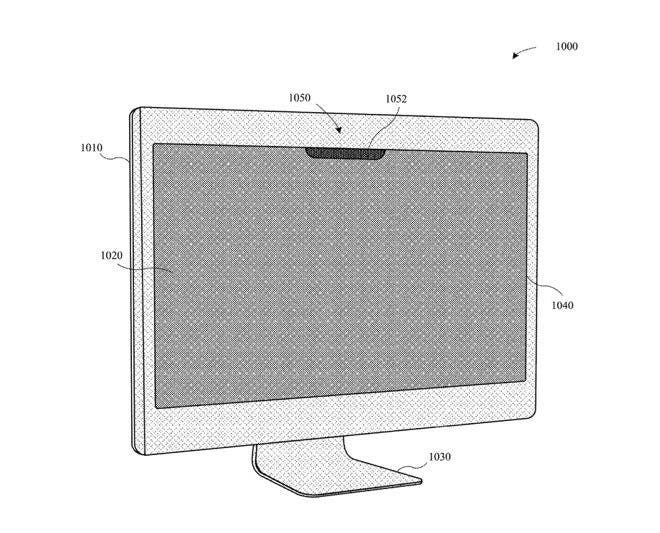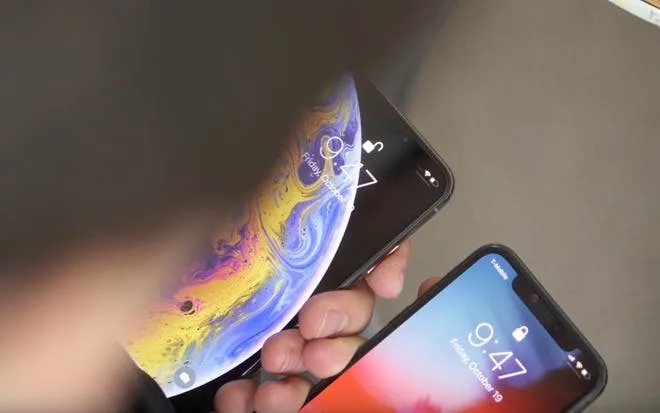Apple has filed a new patent that indicates it is working on implementing Face ID technology on MacBook and iMac. Just as Touch ID began to be integrated into the iPhone before reaching the iPad. It now seems that the company's facial recognition tech will do the same when it reaches the Mac.

The patent images show us the screen of a MacBook and an iMac with an embedded upper frame (like the notch from the latest iPhone models), where facial recognition sensors would be included. The patent highlights the privacy of users and how they store these important data on their computers. And how facial recognition would help them keep that privacy safe.
"To prevent unauthorized users from accessing this sensitive data, these computing devices may incorporate systems and mechanisms for authenticating users," says Apple.

The patent also informs about how difficult it is to incorporate this type of technology in a computer. It hints that these mechanisms must be compact and thin due to the limited space available in the internal section of the devices. It also includes a conceptual image of the monitor of an iMac with a notch at the top of its display.
Face ID explained
To recall, Face ID is not based solely on a camera that takes a photo of our face and AI. Its method is based on TrueDepth technology. That uses the help of an infrared camera, an IR illuminator, and a dot projector.
The dot projector emits a beam of light that reflects 30,000 dots on your face, invisible to the human eye, but captured by the infrared camera. Then the infrared illuminator allows this technology to work even in the dark.
A neural artificial intelligence algorithm, aided by the iPhone's A11, A12, and A13 Bionic processors, then generates a 3D image of the face. That records shapes, volumes, strokes on the skin, and other biometric data. This map of your face gets store and encrypted in a secure location device hardware. It is not sent over the Internet or processed in the cloud, to contemplate whenever we unlock the phone.






Place comments
0 Comments
You are currently seeing only the comments you are notified about, if you want to see all comments from this post, click the button below.
Show all comments